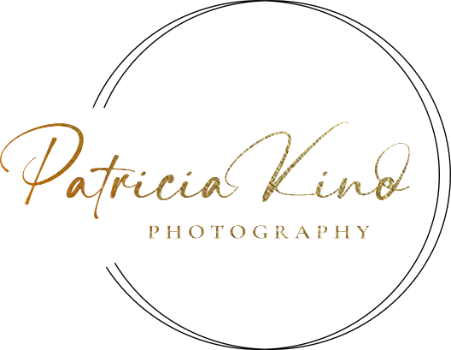Unpacking the Gold Standard of Fine Art Reproduction
In the world of photography and fine art, you often hear the term "Giclée print" bandied about. But what exactly does it mean, and why is it considered the gold standard for reproducing artwork and photographs? Let's pull back the curtain on this fascinating printing process.
Pronounced "zhee-clay", the term Giclée originates from the French word "gicler," meaning "to spray" or "to squirt." It was coined in the early 1990s by printmaker Jack Duganne to describe a new, high-quality inkjet printing process. While "inkjet print" might sound like something you do at home, Giclée is in a league of its own.
It's all about the details and the dedication to longevity. A true Giclée print isn't just any inkjet print; it's a meticulously crafted reproduction created using:
- Specialized High-Resolution Inkjet Printers: These aren't your average desktop printers. Giclée printers are large-format machines that use a fine mist of multiple (often 8 to 12) pigment-based inks. This wider color gamut allows for incredibly smooth tonal transitions and a much broader spectrum of colors, resulting in reproductions that are remarkably faithful to the original.
- Archival-Grade Pigment Inks: Unlike dye-based inks found in many consumer printers, pigment inks are made from finely ground powders suspended in a liquid. This composition makes them significantly more resistant to fading, UV damage, and environmental pollutants. With proper care, Giclée prints made with pigment inks can last for 100 years or more, often rated for 200 years in a photo album and 80 years on display behind glass.
- Archival-Quality Substrates: The paper or canvas used for Giclée prints is just as crucial as the inks. These are typically acid-free, often 100% cotton rag papers or specially coated canvases designed for superior ink absorption and longevity. The choice of substrate can profoundly impact the final look and feel of the print, from smooth matte finishes to textured watercolor papers or robust canvases.
Why Giclée Matters to Artists and Collectors (and You!)
For photographers and artists, Giclée printing offers an unparalleled way to reproduce their work with stunning accuracy and detail. It means they can offer high-quality, long-lasting prints to collectors who might not be able to invest in an original piece.
For you, the collector or client, Giclée prints represent:
- Unmatched Quality: Experience vibrant colors, incredible detail, and a richness that truly brings an image to life. You'll see nuances that might be lost in other print types.
- Exceptional Longevity: These aren't prints that will fade or degrade in a few years. Giclée prints are designed to be heirlooms, preserving your memories and artwork for generations to come.
- Investment Value: When you purchase a Giclée print, especially a limited edition, you're acquiring a piece of art that holds its value and can appreciate over time.
- Versatility: Giclée technology allows for printing on a wide variety of fine art papers and canvases, offering diverse aesthetic options to suit any taste or décor.
In essence, a Giclée print bridges the gap between digital convenience and the enduring beauty of traditional art. It's an investment in quality, a commitment to preservation, and a testament to the power of a truly exceptional image. When you choose a Giclée print, you're not just getting a photo; you're getting a meticulously crafted piece of your story, built to last.

